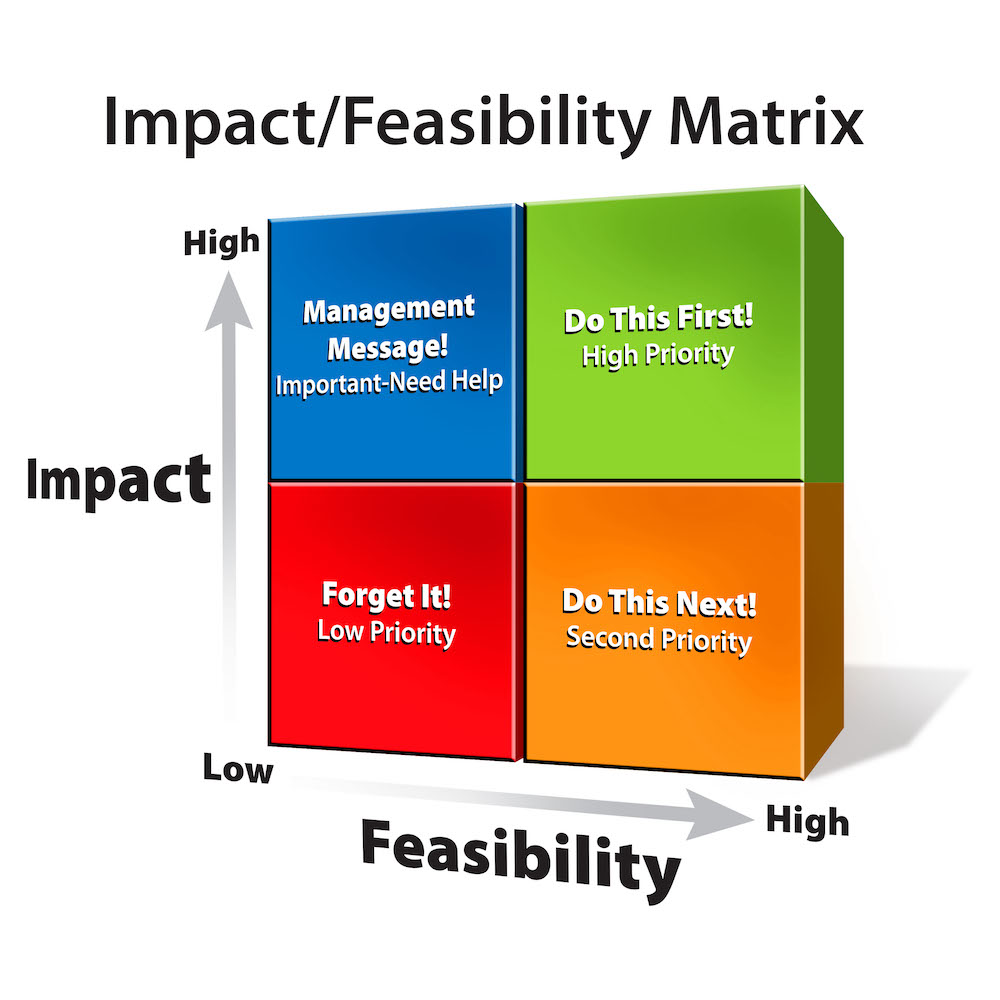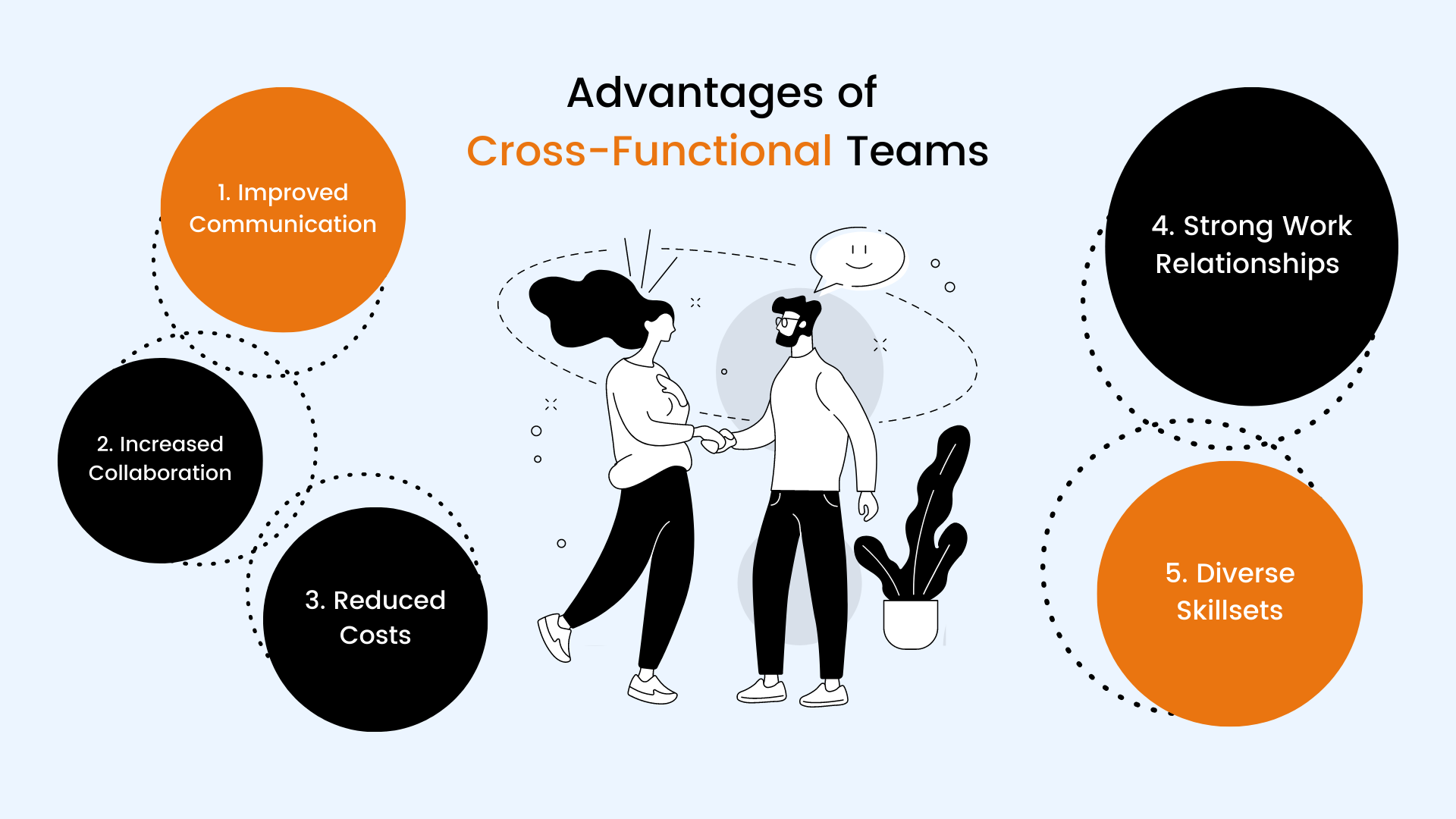A growth marketing leader is faced with a dizzying array of opportunities to drive business results. From new customer acquisition to product expansion to market development, the options are endless. But in a world of limited resources and fierce competition, how do you prioritize the initiatives that will deliver the greatest impact?
At our agency, we've grappled with this challenge time and again, both for our own business and for our clients. And through hard-won experience, we've developed a proprietary framework for evaluating and prioritizing growth initiatives that has consistently delivered outsized returns.
.png)
The Anatomy of a Growth Initiative
Before diving into the framework, let's define what we mean by a “growth initiative.” At its core, a growth initiative is a focused effort to drive a specific business outcome, such as increasing revenue, expanding market share, or improving customer retention.

Every growth initiative has four key components:
- Objective: The specific, measurable goal the initiative aims to achieve
- Target audience: The customer segment or market the initiative is designed to reach
- Timeline: The expected duration of the initiative, from planning to execution to evaluation
- Budget: The financial, human, and technological resources required to execute the initiative
When evaluating potential growth initiatives, it's essential to have a clear understanding of each of these components. But more importantly, you need a way to prioritize initiatives based on their relative impact and feasibility.
The Growth Prioritization Matrix

Enter the Growth Prioritization Matrix, our proprietary framework for evaluating and prioritizing growth initiatives. The matrix assesses each initiative along two dimensions: Impact and Feasibility.
| Impact | Feasibility | Priority |
|---|---|---|
| High | High | 1 |
| High | Low | 2 |
| Low | High | 3 |
| Low | Low | 4 |
Initiatives that score high on both Impact and Feasibility are given the highest priority, while those that score low on both dimensions are deprioritized.
Impact
The Impact dimension assesses the potential business value of an initiative, based on factors such as:
Strategic alignment: How closely does the initiative support the company's overall growth strategy and objectives?
Revenue potential: What is the expected financial return on investment (ROI) of the initiative?
Market opportunity: How large and attractive is the target market for the initiative?
Competitive advantage: How does the initiative differentiate the company from competitors and create sustainable value?
To score initiatives on Impact, we use a simple 1-5 scale, with 1 being low impact and 5 being high impact.
Feasibility
The Feasibility dimension assesses the ease and speed with which an initiative can be executed, based on factors such as:
Resource requirements: What financial, human, and technological resources are required to execute the initiative, and are those resources available?
Time to market: How long will it take to plan, execute, and evaluate the initiative, and does that timeline align with business objectives?
Execution risk: What are the potential obstacles or challenges to successfully executing the initiative, and how can they be mitigated?
Dependencies: What other initiatives, projects, or stakeholders does the initiative depend on, and how will those dependencies be managed?
Like Impact, we score Feasibility on a 1-5 scale, with 1 being low feasibility and 5 being high feasibility.

Prioritization in Practice: A Case Study
To illustrate how the Growth Prioritization Matrix works in practice, let's look at a recent engagement with one of our e-commerce clients.
The client had a wide range of potential growth initiatives on the table, from expanding into new product categories to overhauling their mobile app to launching a loyalty program. Each initiative had its merits, but the client had limited resources and needed to make tough trade-offs.
Using the Growth Prioritization Matrix, we worked with the client to evaluate each initiative along the dimensions of Impact and Feasibility. Here's a simplified version of how the initiatives scored:
| Initiative | Impact | Feasibility | Priority |
|---|---|---|---|
| New product categories | 4 | 3 | 2 |
| Mobile app overhaul | 3 | 4 | 3 |
| Loyalty program | 5 | 5 | 1 |
| Influencer partnerships | 2 | 2 | 4 |
Based on this analysis, we recommended that the client prioritize the loyalty program initiative, as it scored high on both Impact and Feasibility. The initiative aligned closely with the client's strategic objectives, had significant revenue potential, and could be executed quickly with existing resources.
The new product categories initiative was also attractive from an Impact standpoint, but would require significant investments in inventory, distribution, and marketing, making it less feasible in the short term.
By contrast, the influencer partnerships initiative scored low on both dimensions, as it had limited strategic value and would require substantial time and resources to execute effectively.
Armed with this prioritization, the client was able to focus their resources on the loyalty program initiative, which drove a 25% increase in customer retention and a 15% boost in average order value within the first six months.

Best Practices for Growth Prioritization
| Phase | Description | Activities |
|---|---|---|
| Backlog | Collect and refine growth initiatives | Brainstorming, research, stakeholder input |
| Planning | Prioritize initiatives for upcoming sprint | Impact and Feasibility scoring, resource allocation |
| Execution | Implement and test prioritized initiatives | Agile sprints, rapid experimentation, data collection |
| Review | Evaluate sprint results and adjust priorities | Data analysis, retrospectives, reprioritization |
The Growth Prioritization Matrix is a powerful tool for making smart, data-driven decisions about where to invest resources for maximum impact. But to use it effectively, you need to keep a few best practices in mind:
Align with business objectives: Every growth initiative should be tied directly to the company's overall strategy and objectives. Before evaluating initiatives, ensure that you have clarity and consensus on those objectives.
Use data to inform decisions: The Impact and Feasibility scores should be based on hard data wherever possible, such as market research, financial projections, and resource estimates. Avoid relying on gut instincts or subjective opinions.
Involve key stakeholders: Growth prioritization is a cross-functional effort that requires buy-in and support from stakeholders across the organization. Involve leaders from marketing, product, finance, and other relevant teams in the prioritization process to ensure alignment.
Communicate priorities clearly: Once initiatives have been prioritized, communicate the decisions and rationale clearly to all relevant stakeholders. Use dashboards, reports, and other communication tools to keep everyone aligned on progress and outcomes.
Adapt and iterate: Growth prioritization is not a one-time exercise. As market conditions change and new opportunities emerge, be prepared to re-evaluate priorities and make adjustments as needed. Use agile methodologies and rapid experimentation to test and refine initiatives over time.

Putting It into Action
The Growth Prioritization Matrix is a powerful framework for driving focus, alignment, and results in resource-constrained environments. But like any tool, its effectiveness depends on how it's applied.
| Step | Action Item | Completed |
|---|---|---|
| 1 | Define growth objectives | ☐ |
| 2 | Identify potential initiatives | ☐ |
| 3 | Evaluate initiatives using Growth Prioritization Matrix | ☐ |
| 4 | Prioritize initiatives and allocate resources | ☐ |
| 5 | Execute and measure results | ☐ |
To get started with growth prioritization in your own organization, follow these steps:
Define your growth objectives: Clarify your company's overall growth strategy and objectives, and ensure that all stakeholders are aligned.
Identify potential initiatives: Brainstorm a list of potential growth initiatives that align with your objectives, spanning different areas of the business such as marketing, product, and sales.
Evaluate initiatives: Use the Growth Prioritization Matrix to evaluate each initiative along the dimensions of Impact and Feasibility, using data to inform your scores.
Prioritize and resource: Based on the scores, prioritize the initiatives that have the highest potential impact and feasibility, and allocate resources accordingly.
Execute and measure: Put your prioritized initiatives into action, using agile methodologies and rapid experimentation to test and refine them over time. Measure progress and outcomes regularly, and adjust priorities as needed.
By following this playbook and embracing growth prioritization as a core discipline, you can drive outsized results and thrive in today's fast-paced, ever-changing business landscape. It's not easy, but with the right framework, mindset, and execution, the payoff can be transformative.
FAQ
1. What is growth prioritization?
Growth prioritization is the process of evaluating and ranking growth initiatives based on their potential impact and feasibility, in order to allocate resources effectively and maximize return on investment (ROI).
2. Why is growth prioritization important?
Growth prioritization is crucial because it helps organizations focus their limited resources on the initiatives that are most likely to drive significant growth and align with their overall business objectives.
3. What are the key components of a growth initiative?
The four key components of a growth initiative are:
- Objective: The specific, measurable goal the initiative aims to achieve
- Target audience: The customer segment or market the initiative is designed to reach
- Timeline: The expected duration of the initiative, from planning to execution to evaluation
- Budget: The financial, human, and technological resources required to execute the initiative
4. How does the Growth Prioritization Matrix work?
The Growth Prioritization Matrix evaluates growth initiatives along two dimensions: Impact and Feasibility. Initiatives are scored on a scale of 1-5 for each dimension, and then plotted on the matrix. Initiatives that score high on both Impact and Feasibility are given the highest priority.
5. What factors are considered when assessing the Impact of a growth initiative?
When assessing the Impact of a growth initiative, factors such as strategic alignment, revenue potential, market opportunity, and competitive advantage are considered.
6. What factors are considered when assessing the Feasibility of a growth initiative?
When assessing the Feasibility of a growth initiative, factors such as resource requirements, time to market, execution risk, and dependencies are considered.
7. How often should growth prioritization be conducted?
Growth prioritization should be conducted regularly, such as quarterly or annually, to ensure that initiatives remain aligned with business objectives and market conditions. However, organizations should also be prepared to re-evaluate priorities as needed based on new opportunities or challenges.
8. Who should be involved in the growth prioritization process?
Growth prioritization should involve key stakeholders from across the organization, including leaders from marketing, product, finance, and other relevant teams. This ensures that prioritization decisions are informed by a wide range of perspectives and expertise.
9. How can organizations ensure that growth prioritization decisions are data-driven?
To ensure that growth prioritization decisions are data-driven, organizations should establish a standard set of metrics and data sources for evaluating the Impact and Feasibility of initiatives. This data should be consistently tracked and reported on for all initiatives.
10. What are some common pitfalls to avoid in growth prioritization?
Some common pitfalls to avoid in growth prioritization include:
- Short-term thinking: Prioritizing quick wins over long-term value
- Pet projects: Pursuing initiatives based on personal preferences rather than data-driven criteria
- Sunk cost fallacy: Continuing initiatives due to past investments, even if they are no longer viable
- Lack of focus: Pursuing too many initiatives simultaneously, leading to diluted impact and resources
- Siloed decision-making: Prioritizing initiatives without cross-functional input and alignment.






